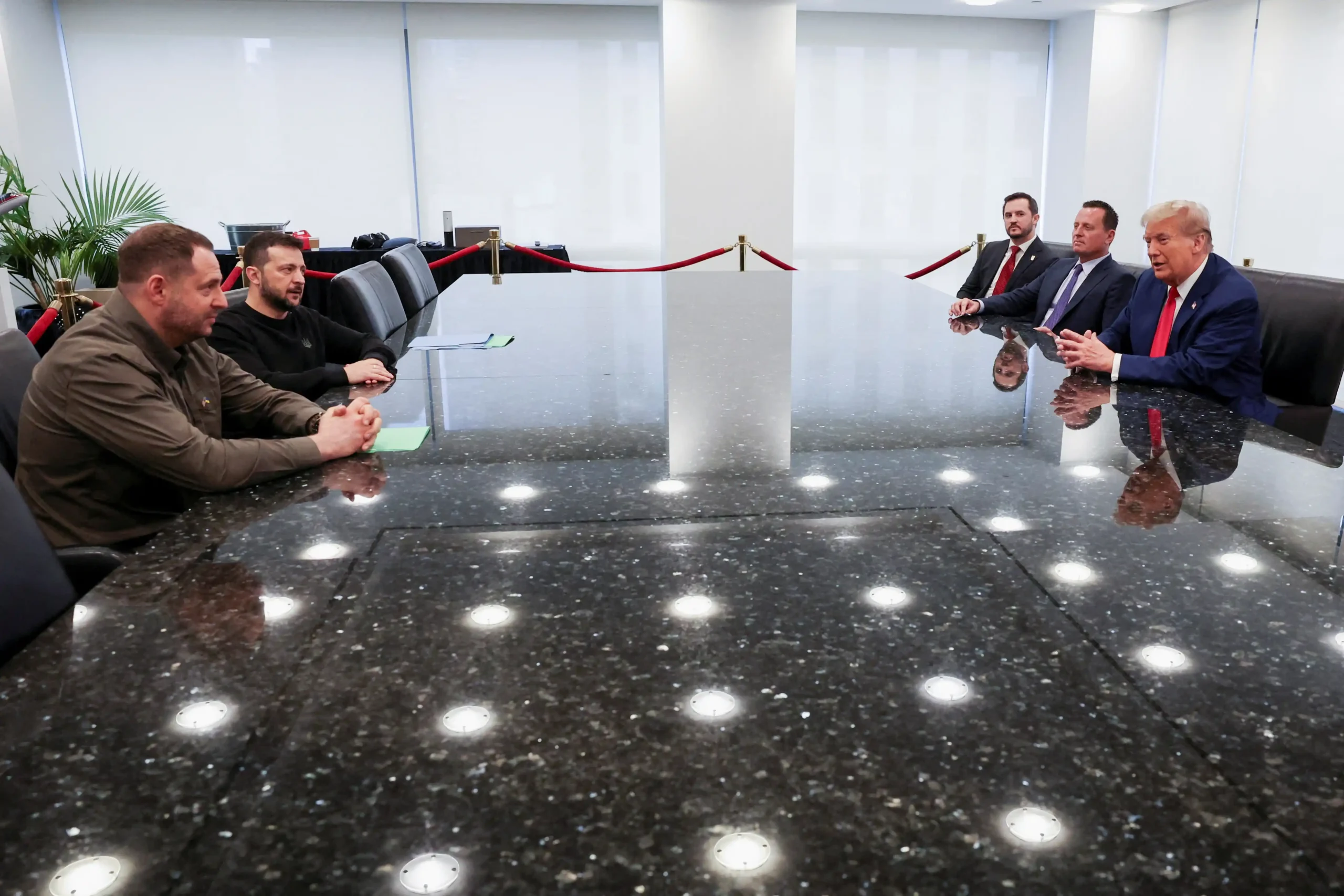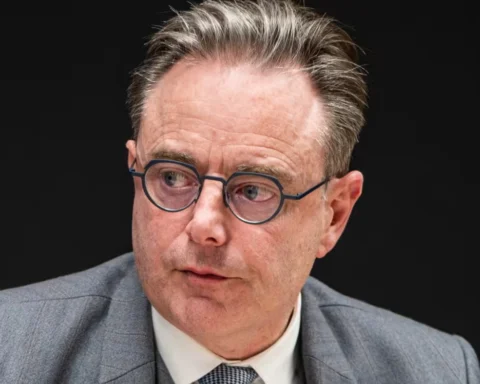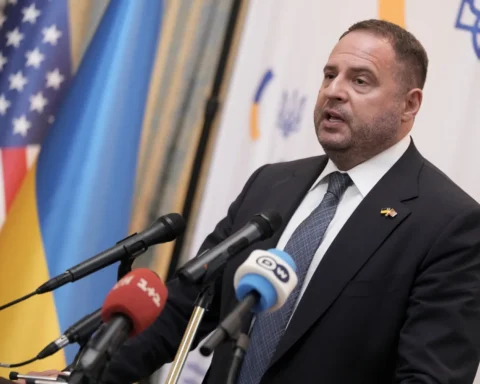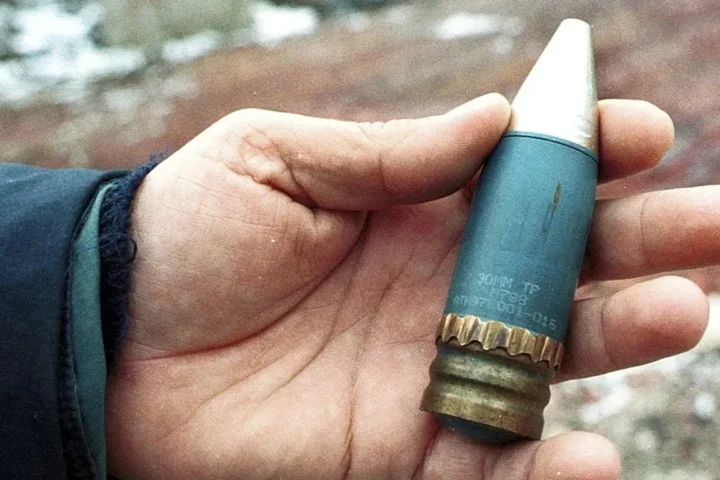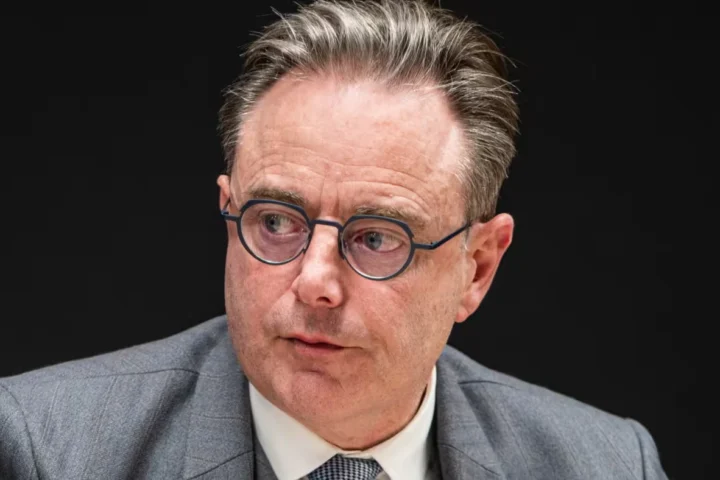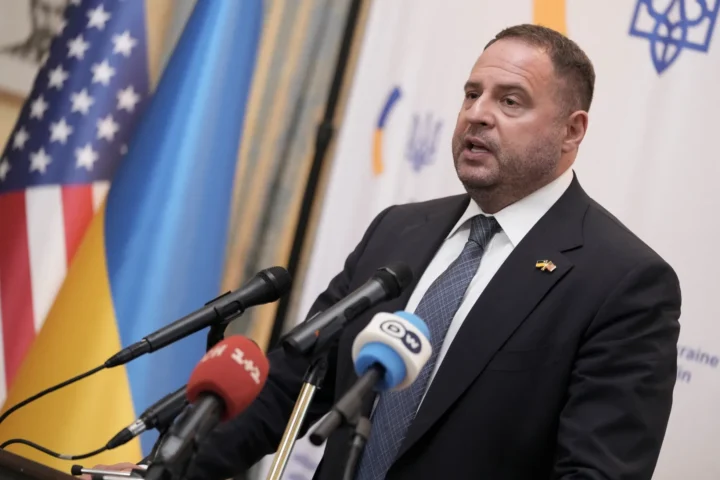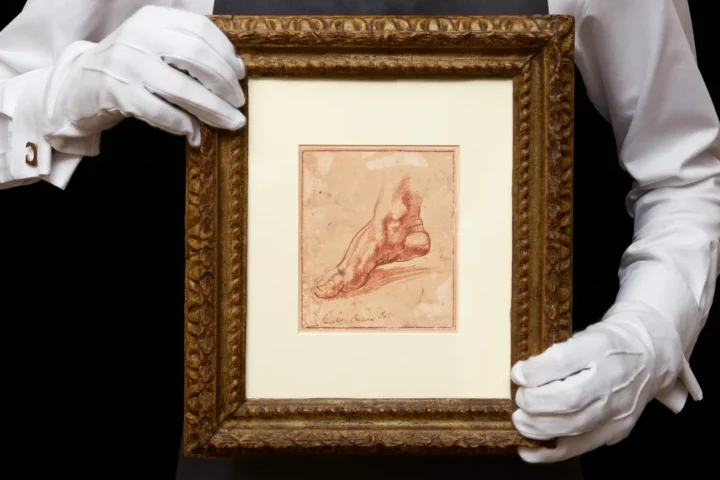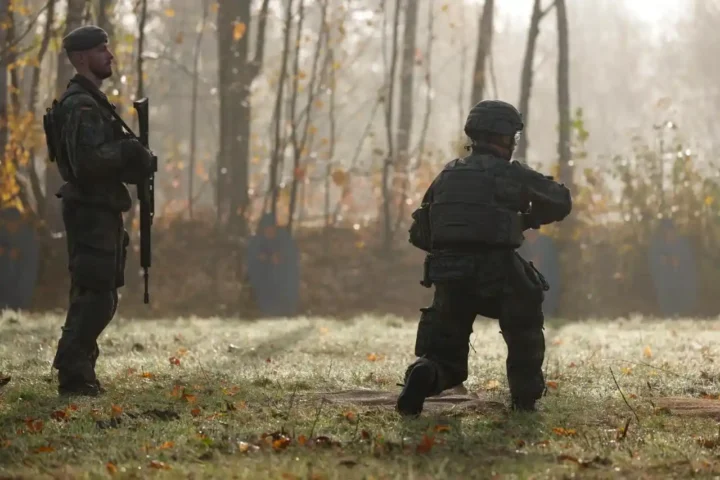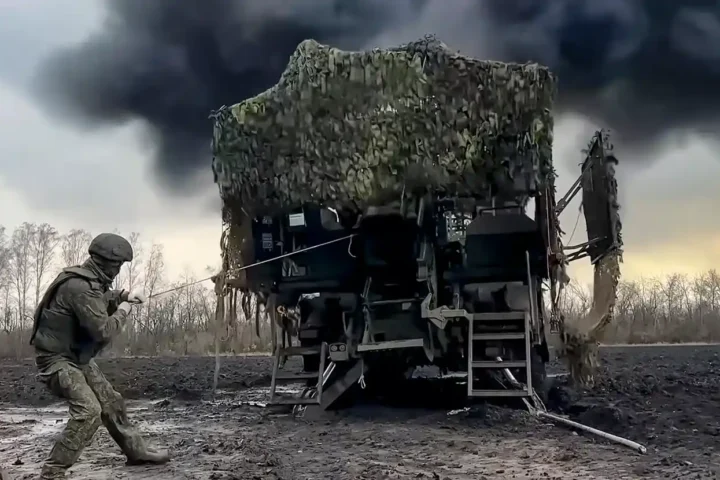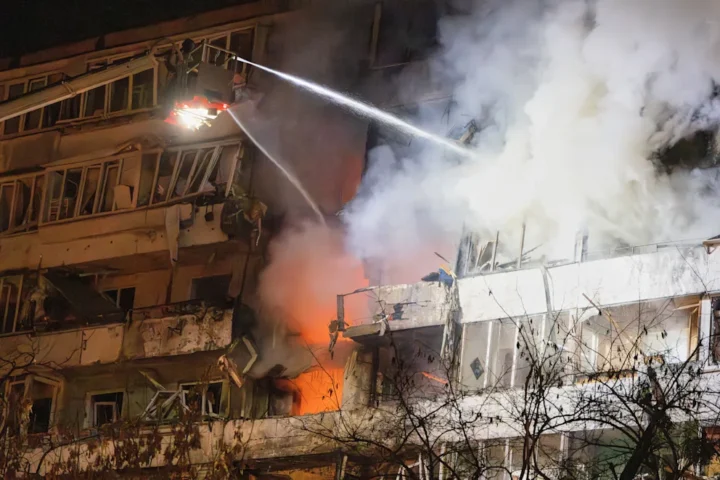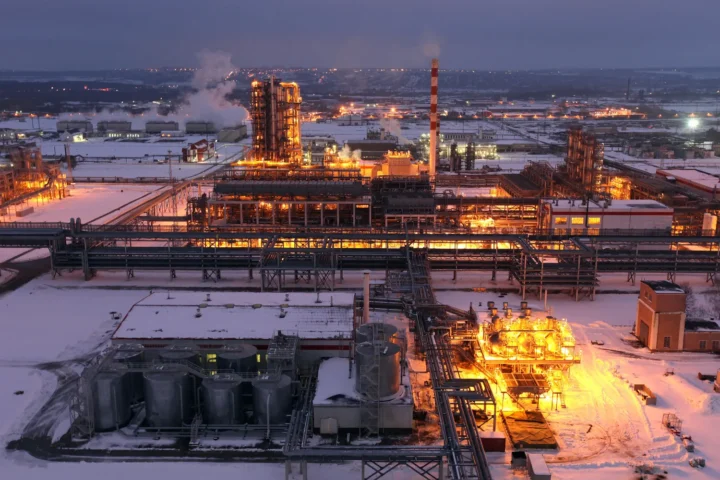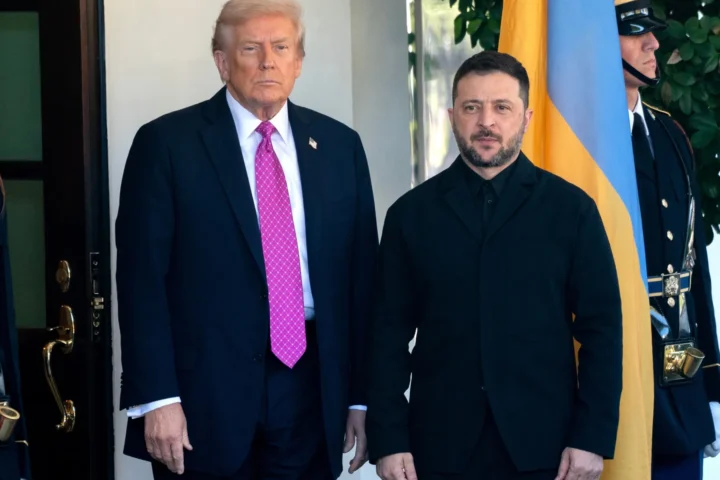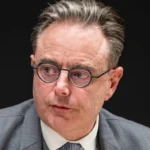In a notable shift from his campaign rhetoric, U.S. President-elect Donald Trump has moderated his pledge to end the war in Ukraine within “24 hours” of taking office. Instead, he now envisions a timeline spanning several months, with initial targets such as 100 days set by key members of his incoming administration. This recalibration signals a nuanced approach, aligning more closely with the demands of international diplomacy and ongoing support for Ukraine.
A Strategic Adjustment
Trump’s revised stance has been interpreted by European allies as a sign of continued U.S. commitment to Ukraine. Conversations between European officials and Trump’s transition team suggest that while the specifics of a resolution remain undecided, the administration’s focus is on maintaining a strong posture.
“The whole Trump team is obsessed with strength and looking strong, so they’re recalibrating the Ukraine approach,” noted a European official, emphasizing the importance of avoiding perceived parallels with the chaotic U.S. withdrawal from Afghanistan under Joe Biden.
The Road to Peace
Trump’s appointee for special envoy to Ukraine, Keith Kellogg, has proposed a 100-day target to establish a sustainable resolution. Speaking to Fox News, Kellogg underscored the need for a solution that halts the ongoing “carnage” and ensures long-term stability.
European leaders continue to advocate for robust U.S. military support to bolster Ukraine’s position in peace talks. “Strengthening Ukraine on the battlefield is essential,” French officials argue, pointing out that Russia’s advances must be halted to create conditions conducive to negotiations.
Security Guarantees and NATO Dynamics
Ukrainian President Volodymyr Zelenskyy has repeatedly emphasized the need for concrete security guarantees from NATO. However, the prospects of Ukraine’s NATO membership remain uncertain, with both Biden and Trump expressing reservations. European leaders, including German Chancellor Olaf Scholz, have also been cautious, underscoring the complexities of such a commitment.
Italian Prime Minister Giorgia Meloni recently expressed confidence in Trump’s ability to navigate the dual objectives of diplomacy and deterrence. “On peace, Trump may be moving forward toward a solution, but that doesn’t mean abandoning Ukraine,” she said, highlighting the importance of security guarantees as part of any peace framework.
Moscow’s Perspective
The Kremlin has signaled openness to dialogue with Trump, with President Vladimir Putin reportedly seeking new security agreements to limit NATO’s influence in Eastern Europe. Analysts suggest that Putin aims to reshape the international order to ensure Russia’s security interests are safeguarded.
Global Implications
Western officials, including NATO Secretary-General Mark Rutte, have cautioned against any resolution that might embolden adversaries like China, Iran, and North Korea. “We cannot afford a deal that weakens Ukraine and strengthens authoritarian regimes worldwide,” Rutte warned, highlighting the broader stakes of the conflict.
Balancing Diplomacy and Strength
As Trump prepares to assume office, his administration faces the daunting challenge of delivering a resolution that aligns with his promise of “peace through strength.” The evolving strategy reflects the intricate balance required to support Ukraine, deter aggression, and secure a sustainable peace—not just for Kyiv, but for the global order.
In the words of Italian Prime Minister Meloni, “Security guarantees are fundamental if we actually aspire to have peace in Ukraine.” As the world watches, Trump’s leadership in navigating these challenges will define the next chapter of U.S. foreign policy and its impact on global stability.


